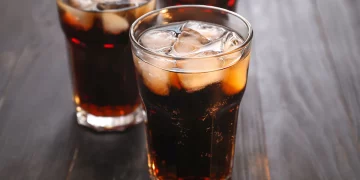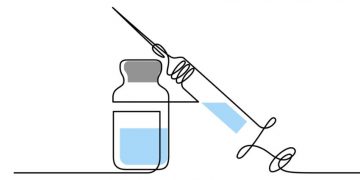After you upload your video to YouTube, it’ll go through the auto-moderation process that includes uploading tags, metadata, and all your video information. The reason for YouTube filters broken is because of a number of factors, but the two major reasons are due to faulty software or human error on the part of YouTube moderators.
Why does YouTube have filters?
YouTube has filters in place to help protect users from inappropriate content. However, these filters can sometimes be overzealous and block content that is perfectly innocent. This frustrating for users who trying to watch a harmless video but instead greeted with a message saying that the content unavailable.
There are a few possible reasons why YouTube filters broken in place. First, the platform meant for all audiences, so it needs to err on the side of caution when it comes to potentially offensive content. Second, YouTube owned by Google, which is a company that is very sensitive to user safety and privacy. As such, Google strict policies in place about what type of content hosted on its platforms.
How do YouTube Filter work?
There are two types of YouTube filters: the first is a general filter that covers all content on the site. And the second is a filter specific to individual channels. The general filter controlled by YouTube staff, and it relies on algorithms to flag videos inappropriate for younger viewers. The channel-specific filters created by the channel owners themselves, and they have much more control over what content blocked.
To activate a filter, go to your account settings and select “Restricted Mode”. Once you turned it on, you’ll need to sign in with your Google account every time you want to watch a video. This ensures that only videos vetted by YouTube’s algorithm will accessible.
If you find that a particular video inappropriately flagged, you can appeal the decision by clicking on the “Info” button beneath the video. And selecting “Report.” YouTube will then review the video and make a determination about whether or not it should made available to viewers in Restricted Mode.
In some cases, you may also come across videos age-restricted by the uploader. These videos are not available in Restricted Mode, but you can still watch them if you sign in with your Google account.
It’s important to note that YouTube’s filters are not perfect, and they will never catch everything. That’s why it’s always up to parents to decide what their children should and shouldn’t be watching on YouTube.
Why YouTube filters broken?
YouTube’s filters broken for a number of reasons. First, YouTube relies on algorithms to identify and flag content that violates its policies. However, these algorithms are not perfect, and often miss videos that should flagged. This means that inappropriate content can slip through the cracks and seen by children who are using YouTube.
Another problem with YouTube’s filters is that they are not always up-to-date. For example, YouTube may not have a filter for certain types of content that become popular after the filter created. This can lead to children being exposed to inappropriate content that YouTube’s filters should caught.
Finally, even when YouTube’s filters do work, they are not 100% effective. This means that some inappropriate content will still get through, no matter how many times it flagged.
Fixing YouTube’s broken filtering system is no easy task. However, there are some things done to improve it. First, YouTube could create more sophisticated algorithms to better identify and flag inappropriate content. Additionally, YouTube could keep its filters up-to-date by regularly adding new ones as new types of content become popular. Finally, YouTube could make its filtering system more effective by increasing the number of flags required to take a video down.
What done to fix YouTube Filters?
There are a number of ways that YouTube filters improved. For one, the platform should allow users to more easily filter out content that they don’t want to see. Additionally, YouTube should give users greater control over the types of videos and channels that appear in their feed.
One way to make YouTube’s filters more effective is to allow users to filter out content they don’t want to see. Currently, YouTube only allows users to filter by channel or video type. This means that if a user doesn’t want to see any music videos. They have to filter out all music channels from their feed. It would be much more efficient if users could simply select the “music” category and then have all music videos filtered out of their feed.
Another way to improve YouTube filters is to give users greater control over the types of videos. And channels that appear in their feed. Currently, YouTube relies heavily on algorithms to determine what content shown in a user’s feed. While this can be helpful in some cases, it means users often miss out on content actually interested in. Giving users more control over what appears in their feed would help them to better find the content they’re looking for.
Finally, YouTube should do a better job of labeling and categorizing its content. This would make it easier for users to find videos and channels that are appropriate for them. Additionally, it would help YouTube’s algorithms serve up more relevant content for
Conclusion
Youtube filters are far from perfect, but they’re a necessary evil. The problem is that Youtube’s algorithms designed to maximize watch time. Which means that they often push videos with clickbait titles and thumbnails. As frustrating as this can be, there are ways to fix the problem. By subscribing to channels you trust and using the “Don’t Recommend Channel” feature. You can train Youtube’s algorithm to better match your interests. So don’t give up on Youtube just yet — with a little effort, you can make it work for you.




























